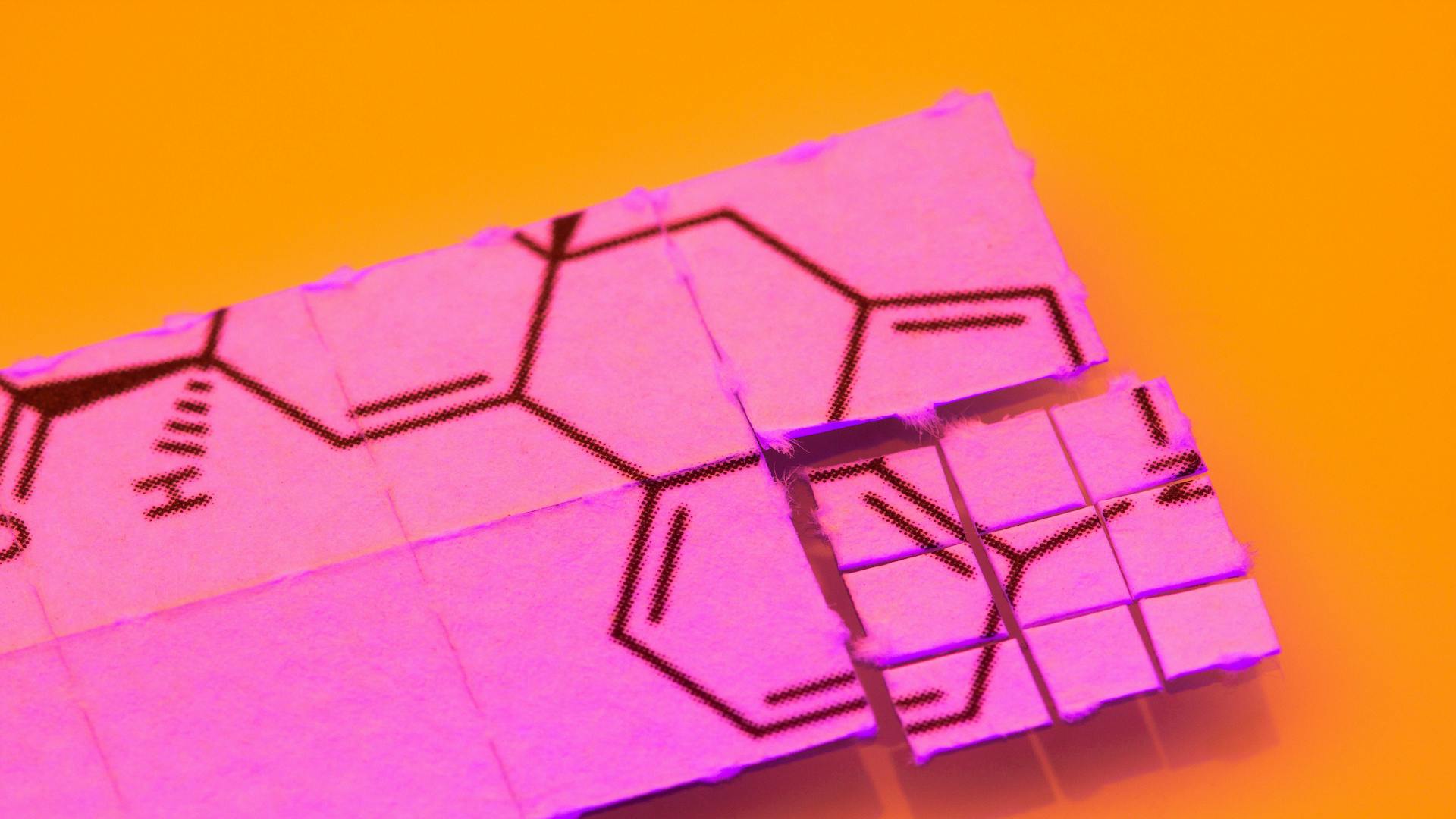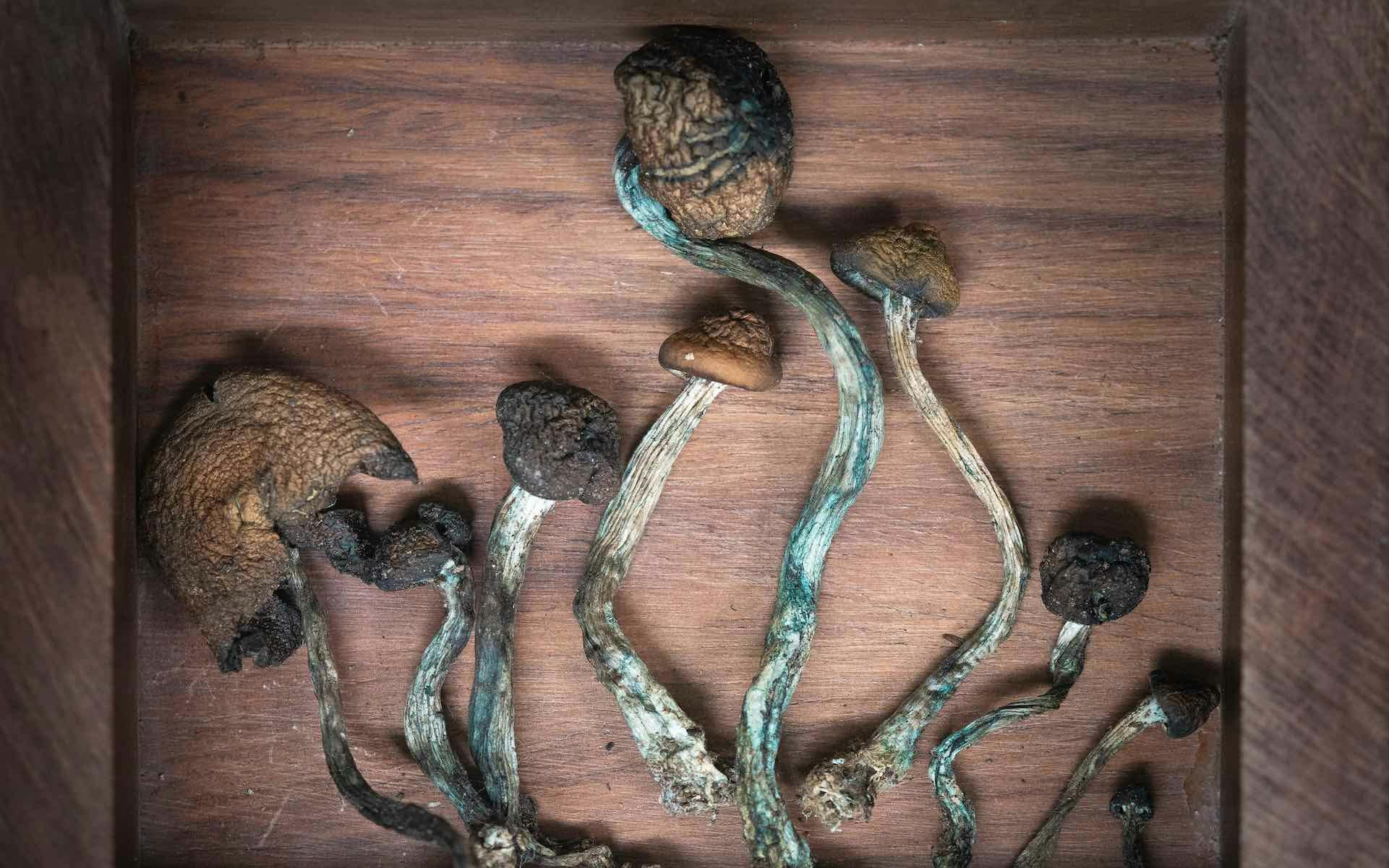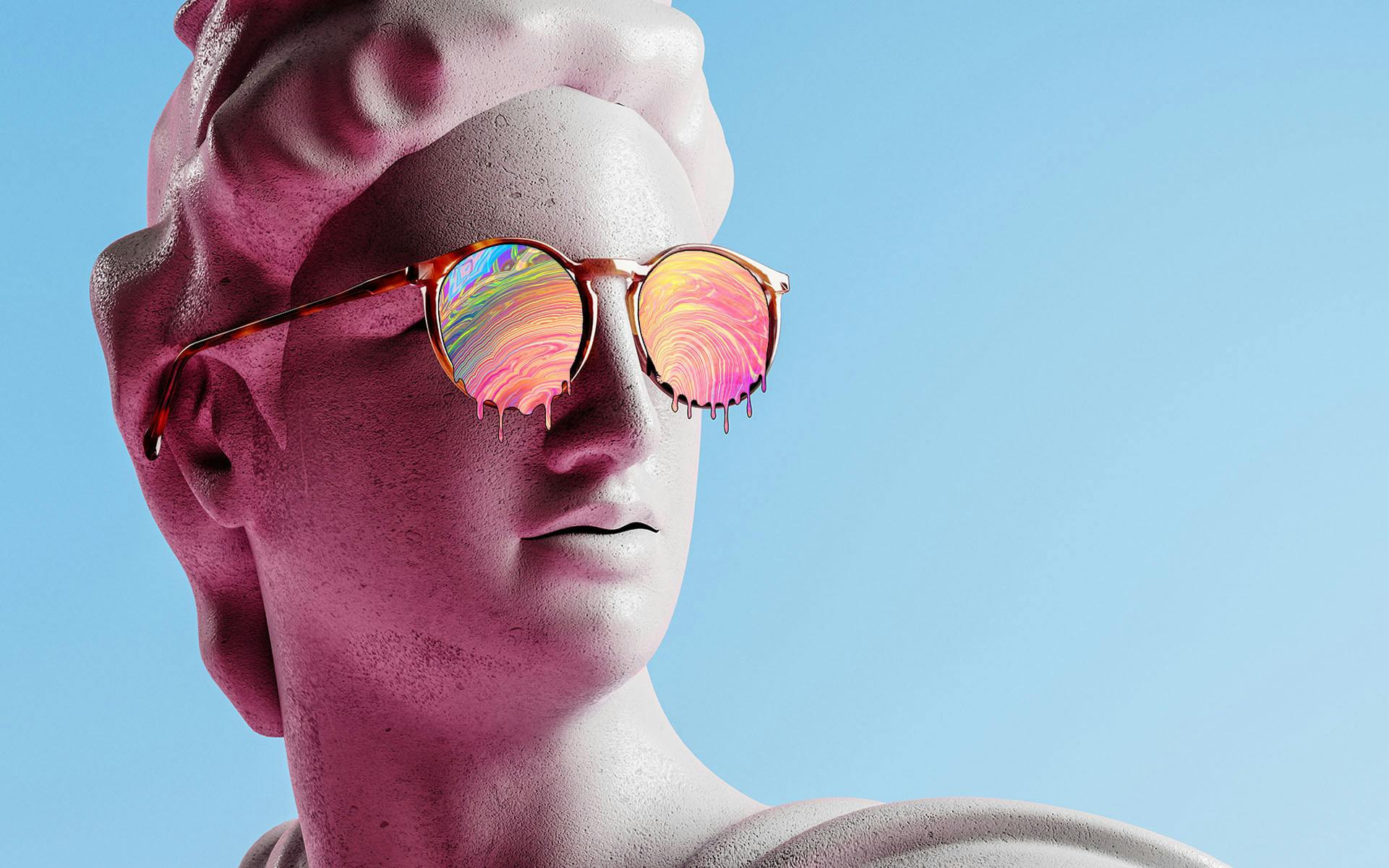Written by Emma Stone

MDMA is a psychedelic often referred to as the “hug drug.” With a reputation as a party pill, MDMA can heighten sensations and enhance social connection. However, this potent compound boasts therapeutic uses that extend far beyond its ability to bring good feels at a rave.
MDMA exerts a unique set of effects on the brain that enable it to treat diverse mental illnesses, such as anxiety, depression, and PTSD. While it shares characteristics with other psychedelic compounds, it differs in some ways too.
What is MDMA?
MDMA stands for 3,4-methylenedioxy-N-methylamphetamine, and it is not the same as Ecstasy or Molly: Both Ecstasy and Molly are street names for substances that contain MDMA as the active agent but may also contain unknown—and sometimes dangerous—cutting agents or adulterants.
Unlike Ecstasy or Molly, pure MDMA has been proven sufficiently safe in clinical settings when taken a limited number of times in moderate doses. It’s also worth noting a 2010 study found MDMA to be among the least risky drugs to consumers and society as a whole.
MDMA is a synthesized compound that begins with the precursor safrole—an oily liquid extracted from the sassafras tree’s bark or fruit, which is native to North America and Asia. Through a number of different chemical formulations, safrole can be synthesized into MDMA. The final product delivers a euphoric high that usually kicks in within 45 minutes and lasts 3-6 hours.
What is the history of MDMA?
MDMA first burst into mainstream consciousness in the 1980s as the active ingredient in Ecstasy. The tiny pill packed a weighty punch on the clubbing scene, contributing to the creation of an underground rave subculture based on electronic and dance music. However, its true origins stretch further back.
MDMA was first synthesized by Merck, a German pharmaceutical company, back in 1912 as a medicine to control bleeding. The compound slipped into disuse and fell off the radar until the late ‘70s, when a group of underground psychotherapists investigating psychedelic therapy stumbled across it. MDMA became increasingly popular in their underground therapy sessions; these trailblazing psychotherapists found it helped patients to open up and achieve insights into their problems.
Shop highly rated dispensaries near you
Showing you dispensaries nearOne such figure, Leo Zeff, developed a protocol for using MDMA and shared his insights about the therapeutic process. Zeff noted that while MDMA got people talking, it also got them hugging: “Sometimes… people like to get up and do some hugging, and then we set them right back down… They’re so full of love, it’s really fantastically beautiful.”
Soon after, this hug friendly drug made its way out of labs and therapy sessions and onto the streets and dance floors.
How does MDMA make you feel?
It’s not by chance that MDMA has been given the street name “Ecstasy.” A dose of MDMA can deliver a feeling of euphoria because it is an entactogen, which literally translates to “produce a touching from within.”
In more concrete terms, the drug has a unique touchy-feely pharmacological profile that increases feelings of emotional empathy, closeness with others, and prosocial behavior.
However, MDMA also boasts other properties that attract people to experiment with it. Consumers report increased energy levels, improved mood, sharper mental clarity, and reduced anxiety. Many of these qualities have been identified as therapeutically significant too, with clinicians researching how to harness these properties to treat a range of mental health disorders.
How does MDMA compare to other psychedelics?
MDMA is a psychedelic compound that is structurally similar to amphetamine, a stimulant that accelerates activity in certain regions of the brain, and mescaline, a hallucinogen.
According to Rick Doblin, founder of the Multidisciplinary Association for Psychedelic Studies (MAPS), MDMA is distinctive from classic psychedelics—which researchers often define as DMT, ayahuasca, LSD, mescaline, peyote, and psilocybin—because it allows patients to encounter trauma or unsettling issues with their sense of self intact, providing a sense of safety.
Other classic psychedelics like LSD can evoke a blurring of ego boundaries between the self and the external world, a temporary experience known as ego loss or ego dissolution. For the uninitiated or unprepared consumer, this can be confronting or even anxiety-provoking.
In one study comparing MDMA and LSD, MDMA was found to increase extraversion and concentration but resulted in a gentler experience of ego dissolution. MDMA also carried a significantly lower risk of anxiety and “bad drug effect,” or flipping out while tripping.
Compared to LSD, MDMA also increases plasma concentrations of oxytocin, also known as the “love hormone,” as it promotes social bonding, trust, empathy, and sexual attraction. Thanks to oxytocin, many people describe feeling “loved up” while under the influence of MDMA.
How does MDMA work on the brain?
MDMA primarily works its magic by elevating serotonin activity in the brain. Serotonin is a neurotransmitter—a molecule used by the nervous system to carry messages between brain cells and muscles cells.
MDMA increases the release of serotonin and can inhibit its reuptake, leading to increased levels of the neurotransmitter in the brain during the MDMA high. In simple terms, once serotonin has been released and creates a biological effect, it is usually inactivated through a reuptake mechanism. MDMA temporarily blocks this process, so the quantity of serotonin circulating in the brain is significantly increased.
This temporary flooding of the brain with serotonin leads the consumer to experience the mood-elevating, stimulating, walking-on-clouds effects of the drug. While serotonin is a neurotransmitter, it’s also known as “the happy hormone” as it plays a central role in regulating well-being.
However, this rush of serotonin can come at a cost. In the days following an MDMA experience, the brain can become depleted of this neurotransmitter, leading to feelings of low energy and mild depression, known as a comedown. Long-term MDMA use has been linked to a form of neurotoxicity that alters and impairs serotonin function in the brain.
Although MDMA’s main mechanism of action is on serotonin levels, it also lifts the levels of other neurotransmitters in the brain: namely, noradrenaline and dopamine. Increased noradrenaline levels result in enhanced alertness, focus, and motivation. Elevated dopamine levels can make individuals more euphoric, confident, hyperactive, and aggressive.
In addition to firing up these fundamental neurotransmitters in the brain, MDMA also lowers activity in the amygdala, the region of the brain that kicks off fear and propels the “fight or flight” mechanism. These effects help to reduce conditioned fear and stress responses, which is why MDMA represents a powerful potential treatment for PTSD and anxiety disorders.
MDMA also lifts the levels of other vital hormones in the brain, including oxytocin, which influences feelings of trust, empathy, and sexual desire. Collectively, these effects may account for the experience of increased trust and lowered defensiveness that many MDMA consumers report.
What is MDMA used for today?
While you can still find Molly in the club, these days, MDMA is experiencing a reinvention as a medicine for mental health disorders. Although the compound is currently classified as a Schedule I narcotic in the US, this designation looks set to change. In 2017, MAPS won breakthrough approval from the FDA for MDMA-assisted psychotherapy for post-traumatic stress disorder (PTSD).
Phase three clinical trials are currently taking place, comparing MDMA treatment to current standard-of-care drugs. FDA approval of MDMA-assisted psychotherapy for PTSD is touted to be imminent, which would make it ready for market. Research into the use of MDMA-assisted psychotherapy for other conditions is making rapid progress, with clinical trials published on the use of MDMA-assisted psychotherapy for end-of-life anxiety and social anxiety in autistic adults.
Evidence suggests MDMA is well-suited to treat a wide range of other disorders too, such as depression, anxiety disorders, obsessive-compulsive disorder, suicidality, substance use disorders, and eating disorders.
By providing us with your email address, you agree to Leafly's Terms of Service and Privacy Policy.



